Have you ever been amazed by stunning spaceship fights, photos that move, or fantastic creatures that look so real in animation? These are all created using VFX and 3D animation!
However, sometimes it can be confusing to spot the difference between VFX and 3D animation, especially when their duties occasionally overlap. In the film industry, an artist might draw and animate a scene, while another artist adds environmental effects, particles, and otherworldly creatures on the post-production side. Together, they bring the sequence to life.
In this article, I'll explain the roles of VFX and 3D animation artists and provide examples to help clarify the differences between the two. At the end of the article, I'll share how you can pursue a career in VFX animation.
Let’s dive in!
What is 3D Animation?
3D animation, as we know it today, has come a long way. Let’s briefly review some highlights of the history of VFX and 3D animation.
Animation is a technique to produce moving images from still pictures, paintings, or drawings. In the early 1900s, traditional animation involved hand-drawing a sequence frame by frame over transparent celluloid and then placing layer over layer to composite the scene. The composition was photographed to create the animation.
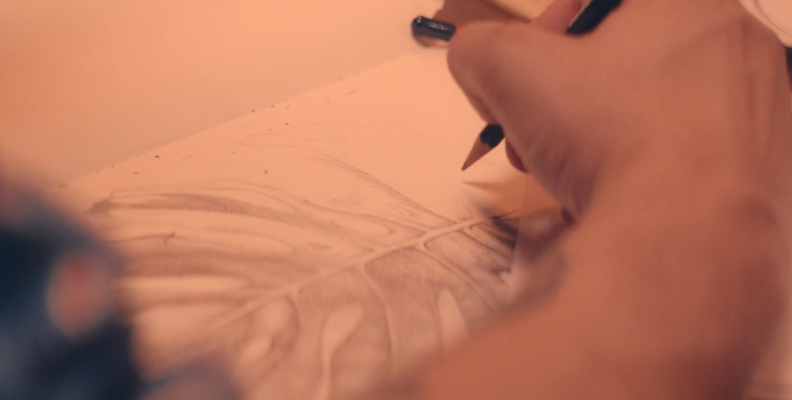
VFX, short for visual effects, is a technique in cinematography that allows filmmakers to add impossible-to-film objects such as creatures, effects, cities, or computer-generated imagery and integrate them with live-action footage.
I’m sure you’re familiar with the concept of a green screen used on the film set to shoot a scene and then replaced with a background created in VFX software. This VFX technique has been used in movies such as The Avengers and The Lord of the Rings.
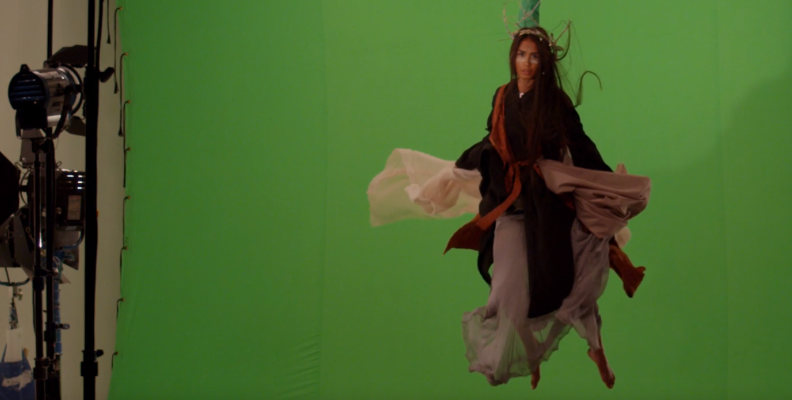
Most visual effects around the 20th century were created using animation, photomontage, lighting, camera tricks, and other techniques such as multiple exposures and dissolves. The pioneers of VFX animation were Oscar Rejlander, Alfred Clark, and Georges Méliès, who later made the famous film Le Voyage Dans la Lune (1902).
With the introduction of computer-generated imagery (CGI), the film industry started to rely on VFX to tell fantastic stories in big hits like Star Wars, build the digital world of Tron, create the morphing effects in Terminator 2, and create the slow-motion bullet scene in The Matrix.

With the breakthrough of computer animation, 3D animation made its debut. Now, animators can create models using computer software and use the rigging technique to build realistic bone structures for character animation, such as the fantastic creatures in the Harry Potter movies.
What is VFX Specialist Process?
The VFX specialist has a crucial role in making a scene look as real as possible on the screen, whether for a theatrical film, TV animation, web series, or video game. To achieve realistic effects for explosions, smoke, flowing water, etc., the VFX artist must be involved in the production pipeline, including the modeling, animation, and texturing process.
Here's the workflow of digital artists in a VFX animation production.
Pre-production stage: Here’s where the art director, 3D animators, and VFX artists meet to discuss their ideas for the project, present the concept art, script, and storyboard, and define the visual effects that will be needed for which sequence.
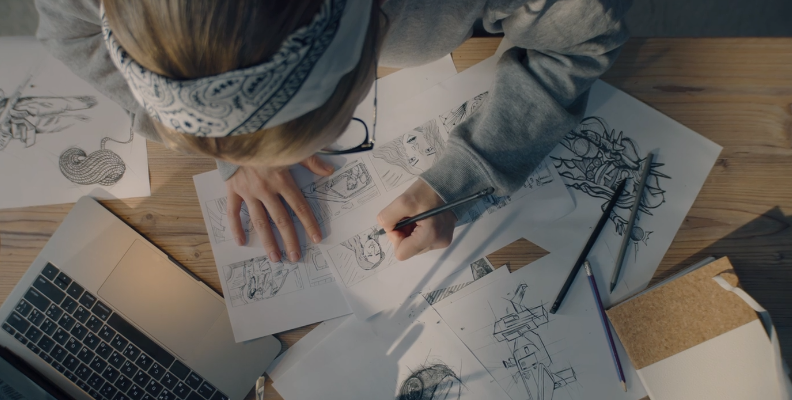
Production: Here's when the shooting, 3D modeling and matte painting take place, and the textures, assets, and VFX art are created. VFX artists may visit the shooting location for match-moving in a virtual production.
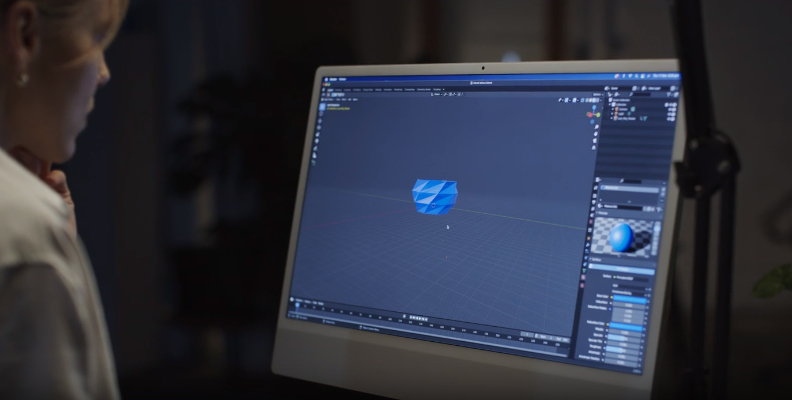
Post-production: In this last step, everything comes together. The animated characters, objects, environment effects, particles, and virtual sets are seamlessly integrated into the footage.
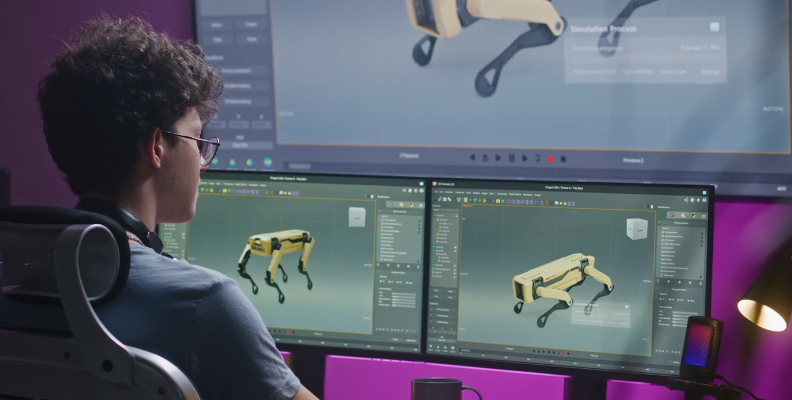
Effects like motion blurs, lens flare, color correction, and more are rendered and then composited to make the final sequence. Here, the artists apply their knowledge of motion tracking, match-moving, masking, rotoscoping, and composition in different software.
What is the Difference Between Animation and VFX?
Let’s go further on the analysis to understand the main difference between animation and visual effects.
Creation vs Enhancement
Animators create the sequence from scratch. They draw every frame, every slight movement, and every expression of the characters. They also craft the worlds these characters live in, the places and buildings they visit, the objects they interact with, etc.
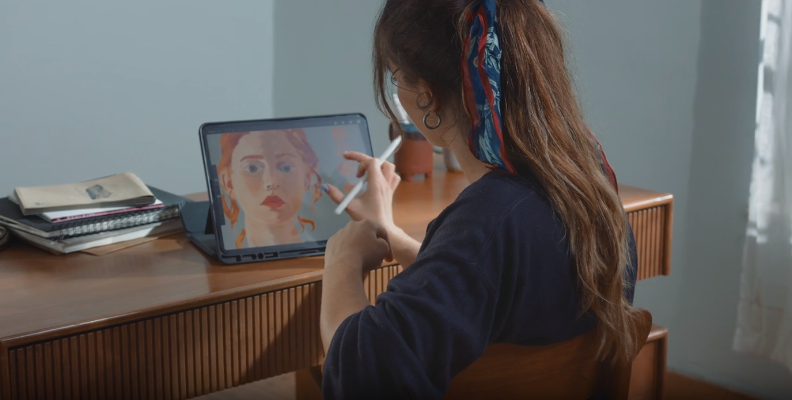
Animators study real-life movements, architecture, and interaction to represent them in their drawings, which will become the animated sequence.
VFX artists work over the animator's completed work. They add the final touches to make the scene more realistic and add objects to it. This involves altering the sequence to add particles, fire, and explosions to enhance the live-action footage or animated sequence.
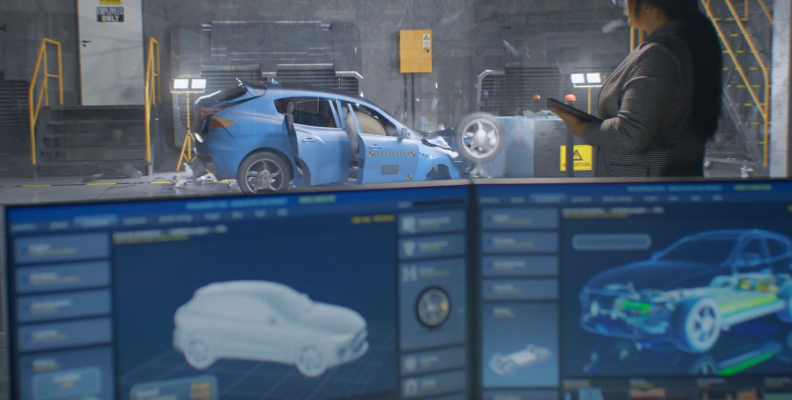
In summary, animators tell a story with what the characters are doing, and VFX artists ensure those actions have an impactful meaning with realistic or fantastical visual effects. Their works complement each other.
The Methods and Techniques Used
Even though the two areas use technology and computer software, they focus on different techniques.
Animators use painting and drawing apps, specialized rigging and keyframing, modeling software, and rendering computer programs. Additionally, an animator can work traditionally for artistic reasons, hand drawing frame by frame and doing the composition fully digitally on composition software before handing the animation to the VFX artist.
Today's VFX artists heavily rely on compositing software. They work with compositing software, motion capture technology, match-moving techniques, CGI, and special effects. They could work without computer software, adding practical effects to the set. However, for today's standards, they must go the extra mile and use the industry standard software to produce their visual effects.
Workspace and Teams
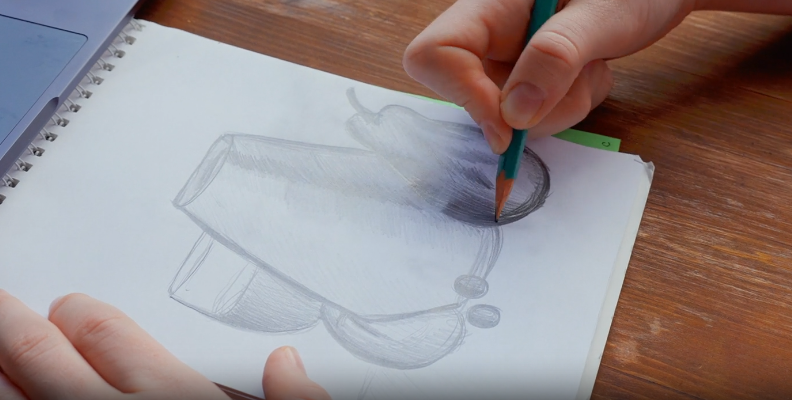
The animation workflow starts with the conceptualization and storyboard process. Animators work with the art director, other animators, and voice actors, among other teams, to bring these ideas to life. They use industry-standard animation software such as Autodesk Maya for drawing, rigging, and rotoscoping duties. They also animate the characters and backgrounds and create the scenes.
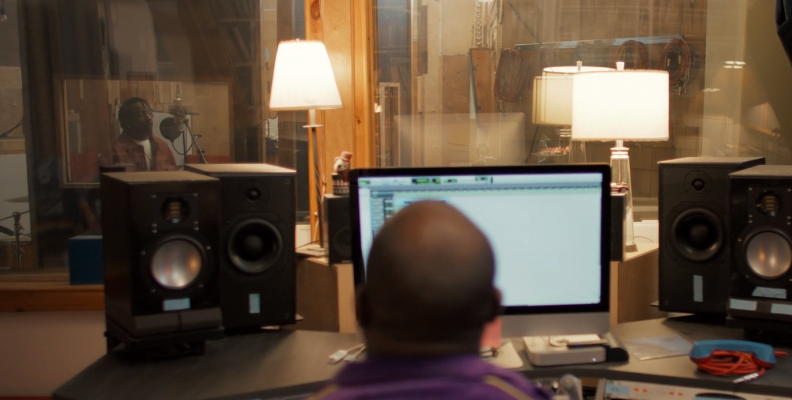
In the VFX pipeline, the VFX artist works with the director and cinematographers to bring the effects they envision to reality. They are often present on set and use match-moving techniques to "copy" the real camera movements to a computer-generated one.
Match-moving allows them to composite the CGI into a real-life or animated sequence so the assets appear as recorded by a real-life camera. VFX artists use software such as Foundry Nuke and Blackmagic Design Fusion for composition.
Why Learning 3D Animation is Important
VFX artists and 3D animators are in demand in different animation industries, such as TV animation, films, video games, web animation, and advertising campaigns. With the emerging and growing need for virtual productions, they are more than ever needed to build realistic settings, particles, and lighting effects.
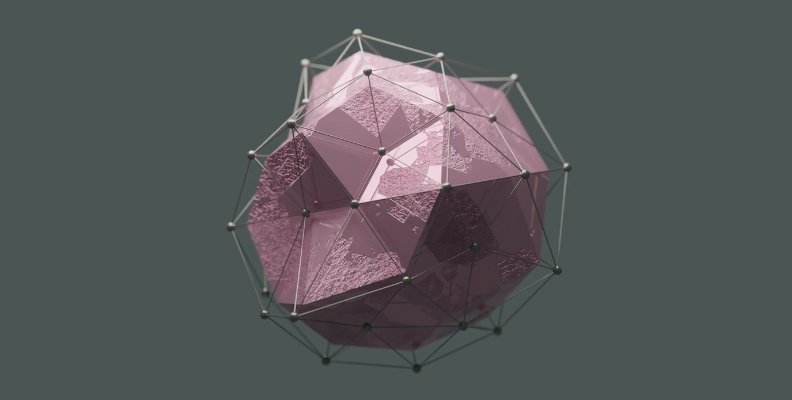
It’s important to obtain and improve your technical skills to learn animation and VFX. Depending on the VFX and animation studio you apply to, you may be required to be proficient in multiple software and VFX and animation processes.
Here’s a list of the skills required in the VFX industry.
Artistic skills for drawing, composition, and imagination.
Attention to detail.
Adept in techniques and the principles of animation and VFX.
Knowledge of the principles of digital painting and compositing.
Know how to use VFX software.
Textures and particle creation.
3D modeling and rigging.
Communication, organization, and creativity soft skills.
Being able to manage their own time.
Some career opportunities in the animation industry include the following job roles:
Animator
Illustrator
Storyboard artist
Layout artists
Character design
Background artist
Layout artist
3D modeler
Rigging
Rotoscope artist
Motion graphic designer
Flash animator
Lighting artist
Particle artist
Motion tracking and matchmoving artist
Compositing and motion tracking VFX specialist
Environment artist
Where to Learn 3D Animation and VFX
How can you learn and study to get your dream job as an animation or visual effects artist? Today, you have more options than ever.
School of Creative Arts
This is the traditional route. This type of education gives you access to professional tutors, industry-standard software, and equipment to practice and learn with. You can search your city or state for university programs that offer something related to animation, VFX, or design schools.
Some of the most prestigious schools worldwide are:
Online Training and Educational Programs
Online educational programs have become more popular in recent years, and many of them allow international students to take animation and VFX courses.
Some online programs are.
Go DIY
This route is perhaps the hardest. You’ll need to find the right and most reliable resources yourself, and there's so much information online that it can be daunting to start. If you’re disciplined and have a well-structured action plan, you can achieve the skills and knowledge to apply for a job. However, remember that there are always advantages to having a certificate or degree from a prestigious animation institution; some companies still look for that kind of background.
Learning and developing skills by yourself can be beneficial, as can attending a university or animation program.
VFX Software for Animation and VFX
VFX software includes many features for both 3D animation and VFX processes. Learning a couple of these software choices used in animation industries is advised, as combining their use in certain animation studios and VFX projects is common.
Autodesk Maya is an industry-standard animation software used in countless movies. It features animation, modeling, rigging, 3D asset creation, and rendering tools.
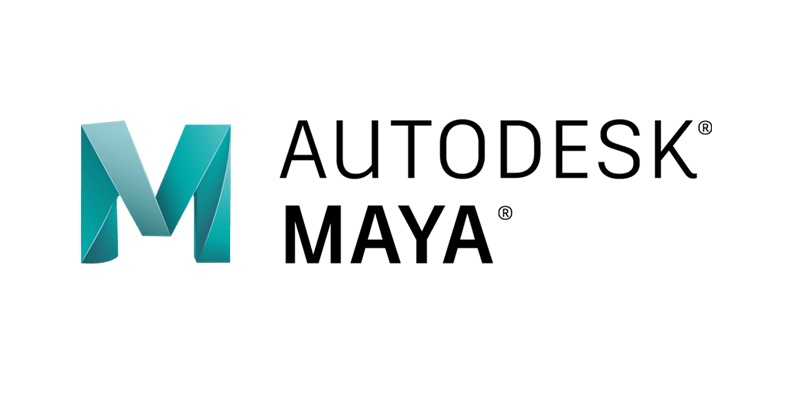
Blackmagic Design Fusion is VFX software for composition, special effects, motion tracking, and color grading. Fusion has been the VFX software behind many feature films and video games, such as Ant-Man and Halo 5.
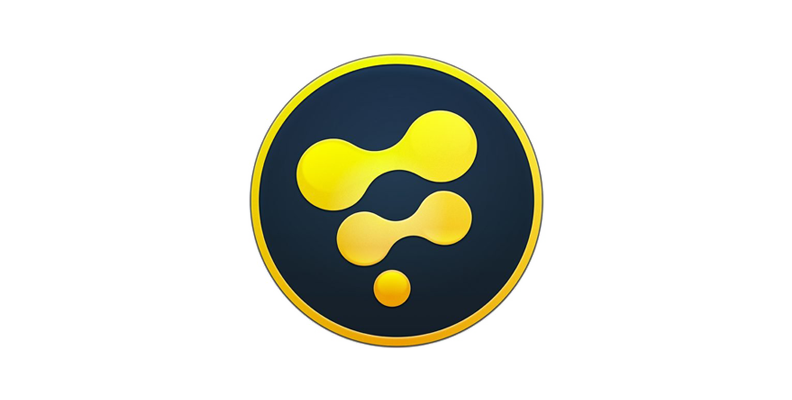
Mocha Pro is the academy-award-winning planar tracker and motion tracking software. It’s optimized for 360 and VR and features 3D tracking, rotoscoping, object removal, image stabilization, and 3D camera solutions.
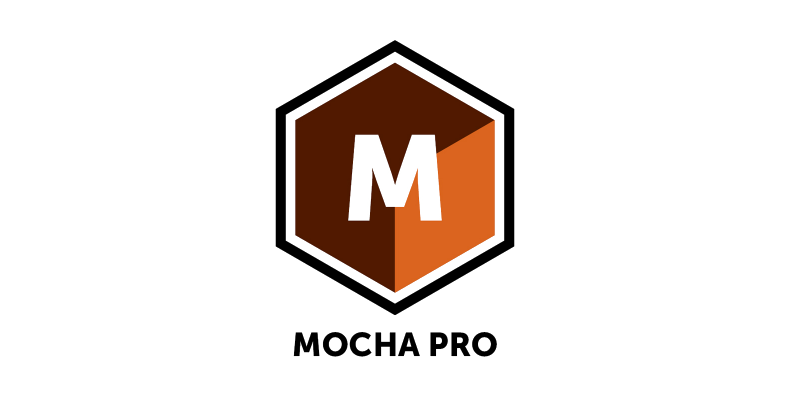
Adobe After Effects is a popular VFX software used by industry professionals and hobbyists. Its integration with other Adobe products, like Premiere Pro and Substance Painter, makes it a perfect VFX and 3D animation tool.
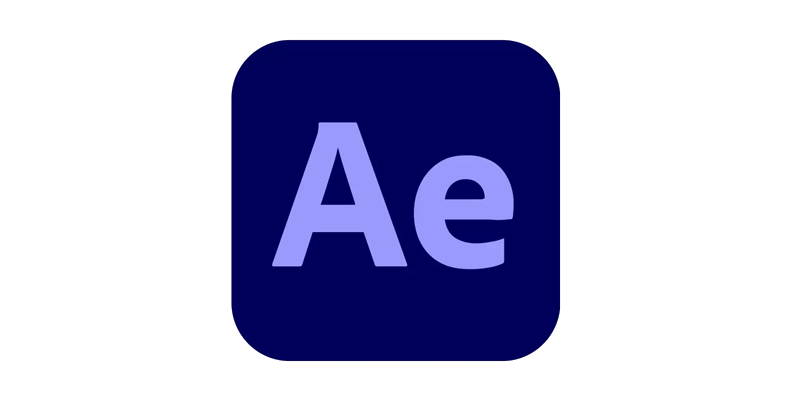
Foundry Nuke is a node-based VFX software with many tools for easily blending 2D and 3D animation in a 3D environment workspace.

Sapphire contains VFX plug-ins for camera lens effects, lights, blur, composition and style effects, color correction, time effects, and particles. It features an effects builder for crafting unique visual effects.
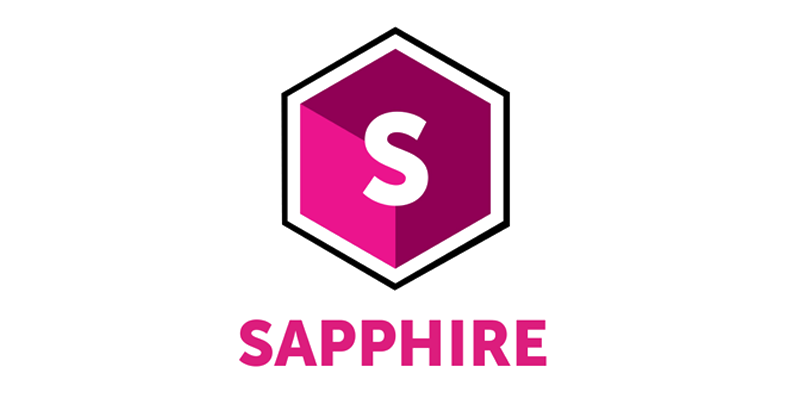
Continuum is an AI-powered toolkit for VFX and video editing. It features textures, image repair effects, motion graphics, chroma key, particle illusion, and 2D and 3D titles.
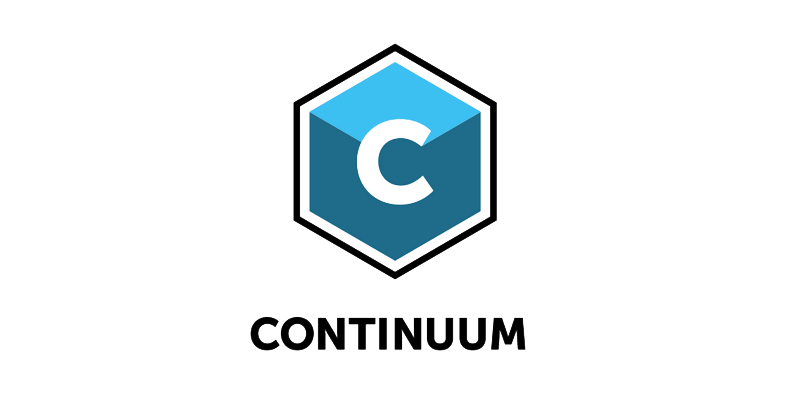
Conclusion
The animation and visual effects industry is rapidly growing. Looking back at the past, from 20th-century techniques to today's advanced technology, it's clear that VFX and animation professionals are gaining more recognition and demand than ever before.
It's important to understand the differences between VFX and animation so that you can choose the right path for your career. Animators create worlds, scenarios, and characters and bring them to life through animation.
On the other hand, VFX artists focus on building models and effects to blend into the main composition, whether it's live-action footage or an animated sequence. They create effects like sparks, water, and laser beams that add an extra layer of realism to the final product.
Once you understand the differences between these two roles, you can decide which path to take and explore your options to hone your VFX or animation skills.
Good luck!










